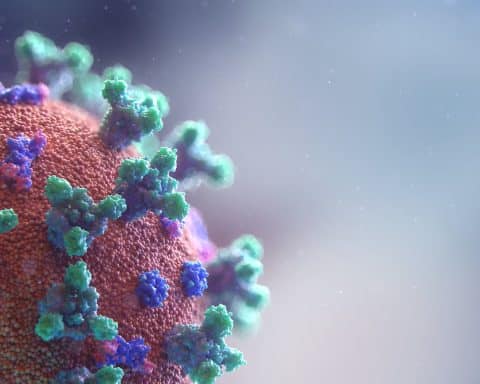
Why has it taken so long for the government to publicly acknowledge the inequities that the ethnic minority community and healthcare workers face? Is it because the pandemic has shone a spot light on the existing disparities and exacerbated them? Or is it because the government now feel pressure to address the concept that if ethnic minority communities are good enough to disproportionately die on the front line serving their communities and healthcare service; they are good enough to be granted equal access to socioeconomic and health opportunities and roles in key senior decision-making positions?
Public Health England’s (PHE) initial review on disparities in COVID-19 fell short of tackling ethnic inequalities.1 While it was an important first step in acknowledging the problem, it largely reiterated what was already known on the topic and provided an epidemiological summary and overview of the situation rather than clear guidance. Furthermore, the report failed to address the higher proportion of ethnic minority healthcare workers who have tragically died from COVID-19, with 95% of doctors being from ethnic minority backgrounds.2
We need urgent action and practical guidance on how to mitigate risk for ethnic minority healthcare workers and protect those in public-facing roles.
All of these seem sensible and necessary but can take many years to achieve. There are no time-frames for the delivery of the objectives, nor any specific detailed road-maps to move beyond the data and rhetoric. There seems to be a lack of ownership and accountability as there is no detail of which organisations take responsibility for delivering these objectives.
While appraising and reviewing this document critically, I was asking myself the question — “so what; and now what?” Unfortunately, for me, the “now what?” part of the question was not answered in any specific detail.
There seems to be an abundance of words in this report but a relative lack of decisive, clear advice and guidance on how to mitigate risk and protect the BAME community and healthcare workers from the disproportionate impact of COVID-19.
It is time that the government acknowledge, admit, and apologise that too little has been done historically to address health inequalities …
The report does not address matters relating to the institutional racism within the NHS nor workplace race discrimination. There is no mention of the relative lack of ethnic diversity at senior board-level positions of health-related organisations to reflect that of the workforce composition of the NHS. The lack of senior ethnic minority leaders in the co-design and strategic corporate decision-making process is also not mentioned in the report.
There are clear associations between the socioeconomic wider determinants of health outcomes and that race/ethnicity is linked to these in such a complex way, that the co-variation cannot be easily separated.4 It is therefore important to ensure that any measures designed to reduce health inequalities for ethnic minority groups intuitively dovetail the psychosocial, cultural, occupational determinants so that the inverse care law can be challenged head on.
We need urgent action and practical guidance on how to mitigate risk for ethnic minority healthcare workers and protect those in public-facing roles.
There has been a paradigm shift in global race-relations and inequality in recent times. James Baldwin said that, ‘Not everything that is faced can be changed. But nothing can be changed until it is faced’. It is time that the government acknowledge, admit, and apologise that too little has been done historically to address health inequalities, and now is the time for earning the trust of the public and saving countless lives by making things right through the implementation of swift decisive action.
References
1. Public Health England. Disparities in the risk and outcomes of COVID-19. 2020. https://assets.publishing.service.gov.uk/government/uploads/system/uploads/attachment_data/file/892085/disparities_review.pdf (accessed 22 Jul 2020).
2. Cook T, Kursumovic E, Lennane S. Exclusive: deaths of NHS staff from COVID-19 analysed. HSJ 2020; 22 Apr: https://www.hsj.co.uk/exclusive-deaths-of-nhs-staff-from-covid-19-analysed/7027471.article (accessed 22 Jul 2020).
3. Public Health England. Beyond the data: understanding the impact of COVID-19 on BAME groups. 2020. https://assets.publishing.service.gov.uk/government/uploads/system/uploads/attachment_data/file/892376/COVID_stakeholder_engagement_synthesis_beyond_the_data.pdf (accessed 22 Jul 2020).
4. Marmot M, Allen J, Boyce T, et al. Health equity in England: the Marmot review 10 years on. 2020. https://www.health.org.uk/publications/reports/the-marmot-review-10-years-on (accessed 22 Jul 2020).
Featured photo by Ben den Engelsen on Unsplash








